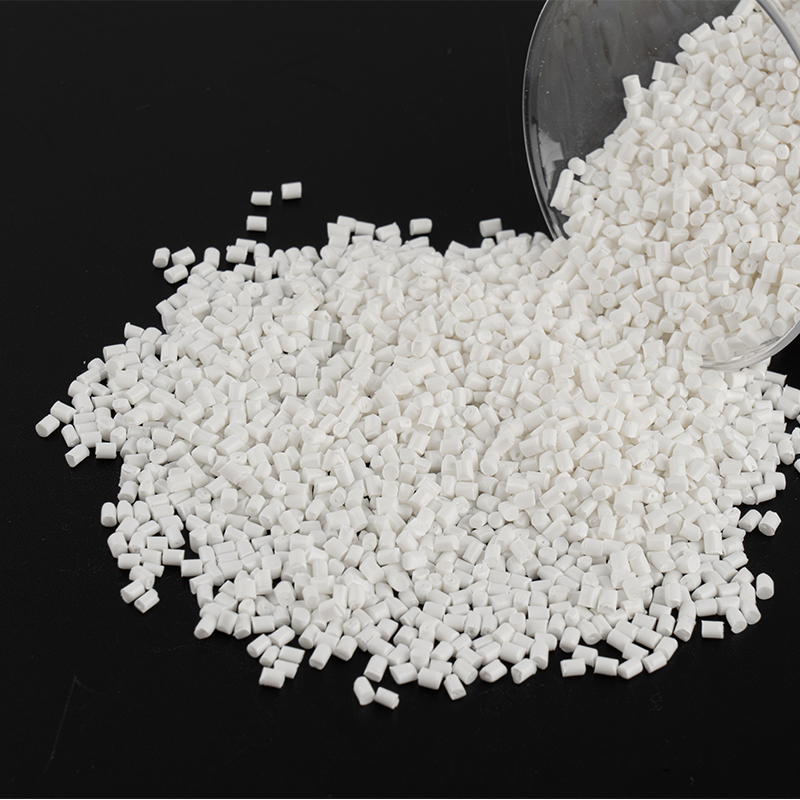Eccentric wheels play a crucial role in transmission systems by converting rotational motion into complex, non-uniform linear or rotational motion. Unlike standard circular wheels, which rotate symmetrically and produce predictable movements, the eccentric wheel has its center offset from the axis of rotation. This unique design causes the wheel to follow a non-circular trajectory as it rotates, creating a dynamic motion that is not uniformly circular.
When the eccentric wheel rotates, the rim’s offset causes parts that are connected to it to move in an asymmetric manner. The motion produced by the eccentric wheel is not constant throughout its rotation; instead, it changes periodically. This periodic motion results in variations in the acceleration and speed of the parts in motion during each cycle. These changes in motion can be used for specific mechanical tasks, such as generating varying speeds or forces at different points during the rotation.
This ability to create non-uniform motion makes eccentric wheels invaluable in systems that require a controlled, periodic variation in motion. One of the most common applications of eccentric wheels is in household appliances, such as washing machines and stirrers, where they help control the speed and movement of parts during operation. In washing machines, for example, the eccentric wheel helps generate the oscillating motion needed to agitate the clothes, ensuring efficient cleaning. Similarly, in stirrers and other power tools, the eccentric wheel's motion contributes to generating the necessary torque and movement.
The design of eccentric wheels also allows them to be utilized in other industries, particularly in devices that require precise and controlled movements. For instance, in medical devices, eccentric wheels can provide non-linear motion trajectories that are crucial for delicate operations or measurements. Optical instruments also benefit from the use of eccentric wheels, as they can help achieve fine adjustments in mechanical control, allowing for precise positioning of lenses or other components.
The eccentric wheel can be made from various materials, including plastics, which are often used in medical devices due to their lightweight nature and durability. The flexibility in material choice, combined with the eccentric wheel's ability to generate periodic motion, makes it a versatile component in many specialized applications.















